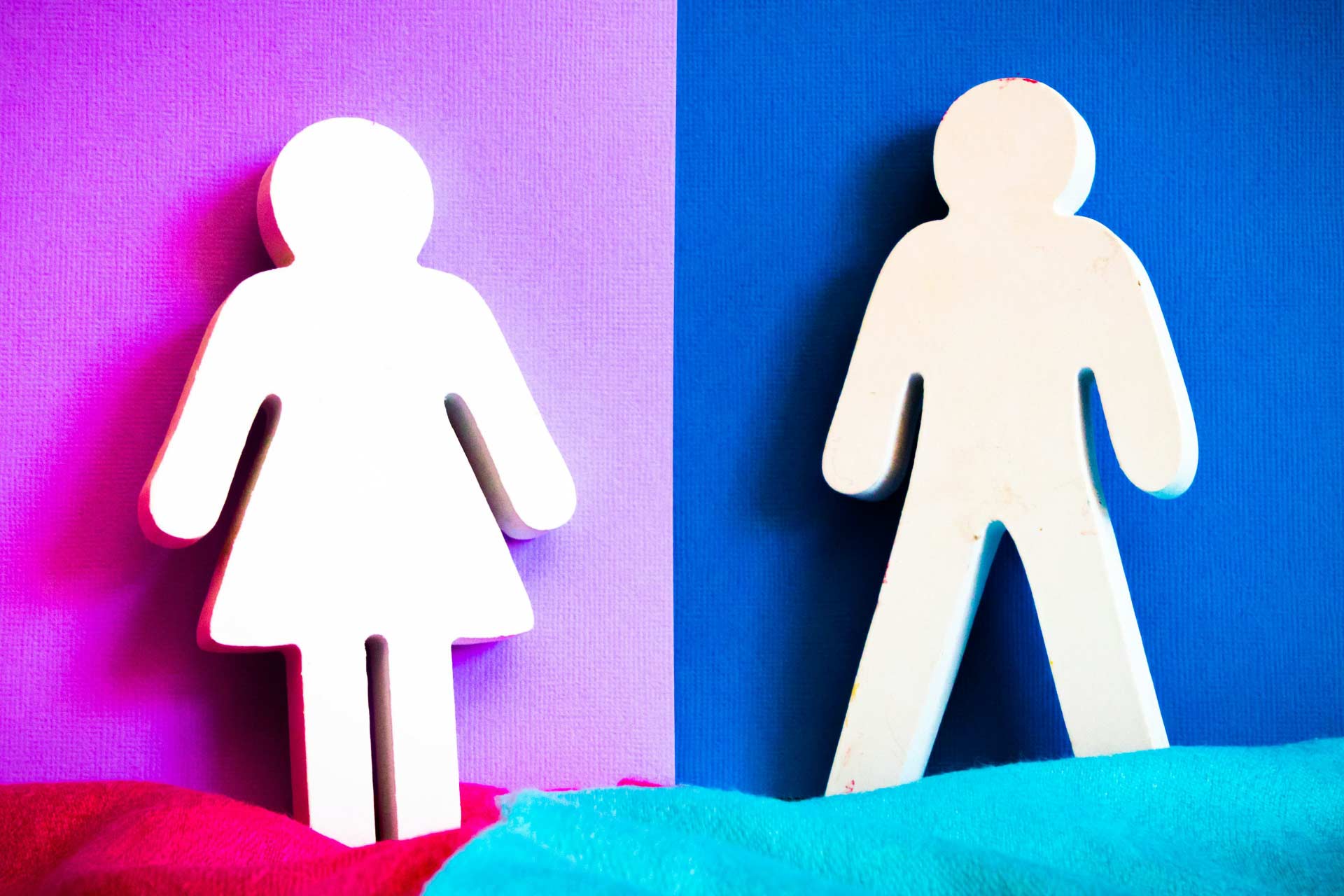
Professor Ian Burn’s research uses a novel measure of gender typicality to explore whether conforming to gender norms impacts career opportunities, especially form men.
Co-written with Bard College professor, Michael E. Martell, Ian’s innovative research, provides evidence that gender conformity, in addition to sex, matters in the workplace, particularly for men.
By applying a new measure of adherence to gender typically (AGT), based on data from the us national study of adolescent to adult health (add health), the study finds male gender conformity is positively correlated with higher annual income, hourly wages and weekly hours worked.
Although to a lesser extent, the analysis shows women who display feminine traits to a greater degree, are also more likely to earn lower wages and work fewer hours than gender atypical females.
Surprisingly, the study does not find a significant correlation between gender typicality and labour market outcomes for LGB people, meaning deviation from socially expected gender roles does not explain the labour market differentials experienced by sexual minorities.
Since its publication, Ian’s paper Gender typicality and sexual minority labour market differentials has won the inaugural CSQIEP1 Award for Outstanding Research Paper in LGBTQ+ Economics by the American Economic Association, and the European Economic Association’s MinE Best Paper Award.
Exploring the impact of gender normativity on career prospects
While sex refers to a group of biological factors related to reproduction, gender is a sociocultural construct linked to a set of artificial “norms” that define personality traits and behaviours typically associated with being masculine or feminine.
Gender conformity is based on these norms, meaning women are generally expected to be gentle, passive, collaborative, emotional or nurturing, and prototypical men are normally perceived to be stoic, strong, protecting, competitive or risk-taking.
Under the premise that individuals who are more gender conforming should act similarly to their same-sex peers, gender typicality has been almost exclusively used in healthcare research, to predict risky behaviours (eg substance abuse, unprotected sex, etc).
Ian’s research expands the scope of social phenomena gender typicality can explain, by using it to understand gender-based gaps in career outcomes more broadly, and to specifically develop a fuller understanding of labour market outcomes for sexual minorities.
As opposed to exploring if a person’s level of gender conformity explains their own behaviour, Ian’s study is one of the first to examine how gender typicality impacts outcomes determined by others.
The authors developed a new quantitative measure of gender typicality, by leveraging data on personality and behaviours available via Add Health, a longitudinal study that followed a representative cohort of young Americans from 1994-2018 (between 7-12 and 32-42 years old).
According to the new measure, the higher the value of a person’s AGT score, the more gender-typical that individual is in relation to the average man or woman.
By combining the AGT score with more standard measures of labour market outcomes, they estimated differences in income, hourly wage, employment and hours worked for heterosexuals and sexual minority groups, in particular lesbians, gays and bisexuals (LGB).
Gender typicality matters in the workplace, especially for men
The results provide evidence that gender typicality, in addition to sex, is an important determinant of labour market outcomes in general, but particularly for men.
Males with AGT scores one standard deviation above the mean earned 3% more annually and 2% more per hour, than males who did not adhere as strongly to masculine norms.
Although they were as likely to be employed as non-gender typical men, gender normative males also worked approximately 25% more hours per week.
Gender typicality was less significantly correlated with labour market outcomes for women, as one standard deviation increase in AGT was associated with just a 1% decrease in hourly wages and a 0.26 hour per week decrease in work.
The evidence that gender-typical men earn more than gender-atypical men suggests these biases may disadvantage men in addition to women.
The results indicate a bias towards male norms of behaviour, on the part of employers, with men who conform less to male-gendered norms of behaviour being penalised, and women who conform less to female-gendered norms of behaviour being rewarded.
The remuneration of gender typicality for men suggests preferential treatment of masculinity persists, and may reflect the impact of implicit biases towards feminine characteristics.
When specifically looking at different occupations, the study found gender typicality was more highly rewarded in male-dominated jobs, with men who were one standard deviation over the average earning 4% more, and working more hours than less gender typical males.
A similar pattern of results was observed for less gender conforming women, with lesbian and bisexual females with a lower AGT score, earning higher wages than heterosexual women in majority male industries.
As male-dominated occupations disproportionately reward masculinity, the findings reinforce the idea that gender biases meaningfully affect workers, especially in contexts dominated by one sex, where the rewards and punishment for not conforming to gender norms may be more salient.
Gender typicality does not explain labour market differentials for sexual minorities
While the results clearly show gender conformity explains differences in career opportunities between sexes, no evidence was found to suggest it impacts the employment inequality suffered by sexual minorities in the United States.
The analysis showed that gay and bisexual men earn 11% less per hour than their heterosexual counterparts, but even those with high AGT scores still experienced the same disadvantages as gender transgressive gay and bisexual males.
Likewise, an increase in AGT for lesbian and bisexual women (being more feminine) would decrease wages and income, which is consistent with the existence of negative bias against femininity in the workplace.
Therefore, the study shows the earning disadvantages LGB people experience are not linked to characteristics related to their masculinity or femininity, despite generally being more gender atypical.
The authors suggest policies aimed at promoting gender equality in the workplace should be broader, and aim to safeguard gender non-conforming individuals regardless of other protected characteristics, including sexual orientation.
1 CSQIEP: American Economic Association's Committee on the Status of LGBTQ+ Individuals in the Economics Profession
 |
Chair in Applied Macroeconomics |
|
You can read Ian's paper here: Burn, I., and Martell, M.E. (2022), 'Gender typicality and sexual minority labour market differentials'. British Journal of Industrial Relations, 60 (4), pp 784-814.
|